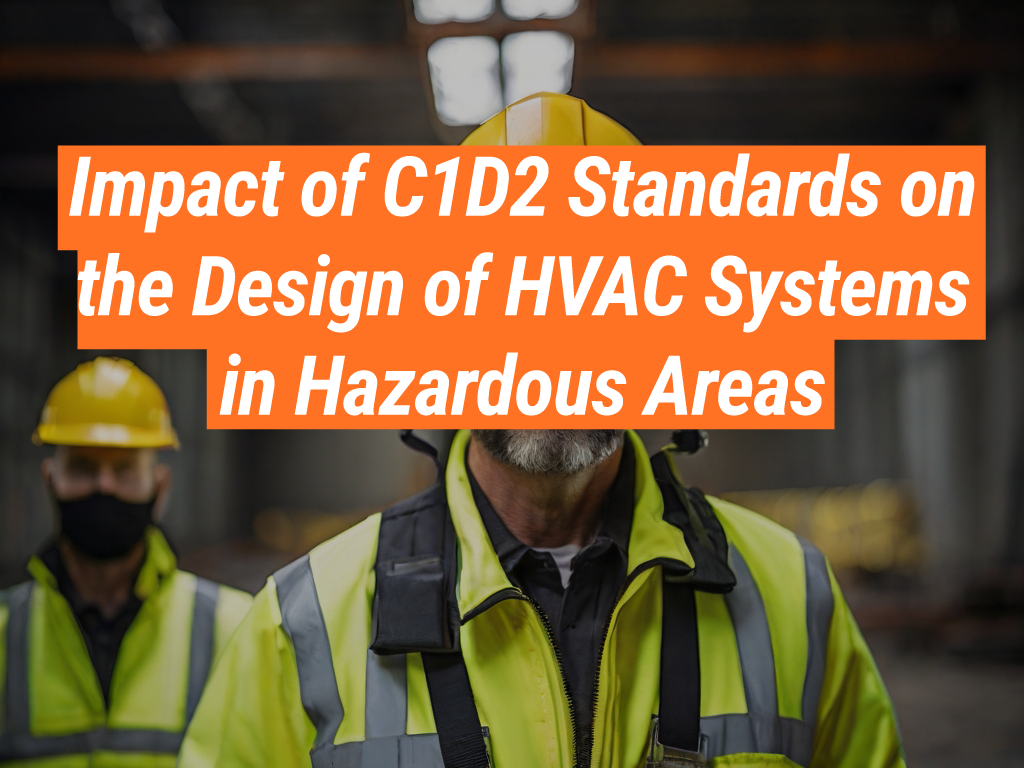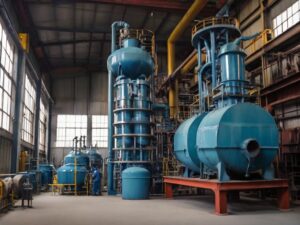Welcome to Intrinsically Safe Store, your one-stop-shop for all safety equipment designed to meet the highest safety standards. We commit to provide you with the most up-to-date information on safety standards and their impact on various systems.
Today, we delve into the world of HVAC systems in hazardous areas and the influence of C1D2 standards on their design. Visit our website to learn more about our commitment to safety and quality.
What are C1D2 Standards?
The National Electric Code (NEC) in the United States includes the C1D2, or Class 1 Division 2, standards. These standards aim to ensure safety in areas where flammable gases or vapors may be present under abnormal conditions. In the design of HVAC systems in hazardous areas, the C1D2 standards play a crucial role, as they help to prevent potential explosions or fires.
Impact of C1D2 Standards on HVAC System Design
The C1D2 standards significantly influence the design of HVAC systems in hazardous areas. Here are some key impacts:
- Safety Measures: The standards necessitate the inclusion of safety measures such as explosion-proof components and intrinsically safe circuits.
- Material Selection: The standards dictate the use of specific materials that can withstand harsh conditions and prevent sparks that could ignite flammable substances.
- System Layout: The standards ensure that any potential ignition sources are kept away from hazardous areas by influencing the layout of the HVAC system.
Case Study: HVAC System Design in a Chemical Plant
A chemical plant, with its potential for flammable gas leaks, is a perfect example of a hazardous area where C1D2 standards are crucial. In one case, a chemical plant in Texas redesigned its HVAC system to comply with C1D2 standards. The new design included explosion-proof fans and ducts made from materials that could withstand the harsh chemical environment. The layout was also altered to keep potential ignition sources away from areas where flammable gases could be present. This redesign significantly reduced the risk of fire and explosion in the plant.
Statistics on HVAC System Safety
According to the U.S. between 2001 and 2011, the Chemical Safety Board recorded over 280 incidents involving fires and explosions in industrial facilities. Many of these could have been prevented with proper HVAC system design. This highlights the importance of adhering to safety standards like C1D2 in HVAC system design.
The C1D2 standards play a crucial role in the design of HVAC systems in hazardous areas. They dictate safety measures, material selection, and system layout, all of which contribute to preventing fires and explosions. As demonstrated by the case study and statistics, adherence to these standards can significantly reduce the risk of incidents in hazardous areas.
At Intrinsically Safe Store, we understand the importance of these standards and commit to providing products that meet or exceed them. We invite you to visit our website to explore our wide range of safety equipment. If you have any questions or need further information, please do not hesitate to contact us.



























